WiFi Network Testing: All Wireless Solutions
NetAlly’s wireless testing solutions offer a range of capabilities for evaluating and troubleshooting WiFi 6/6E and Bluetooth/BLE networks. These tools are designed to assist in deploying networks, conducting site surveys, and identifying issues, ensuring effective wireless network performance and security.
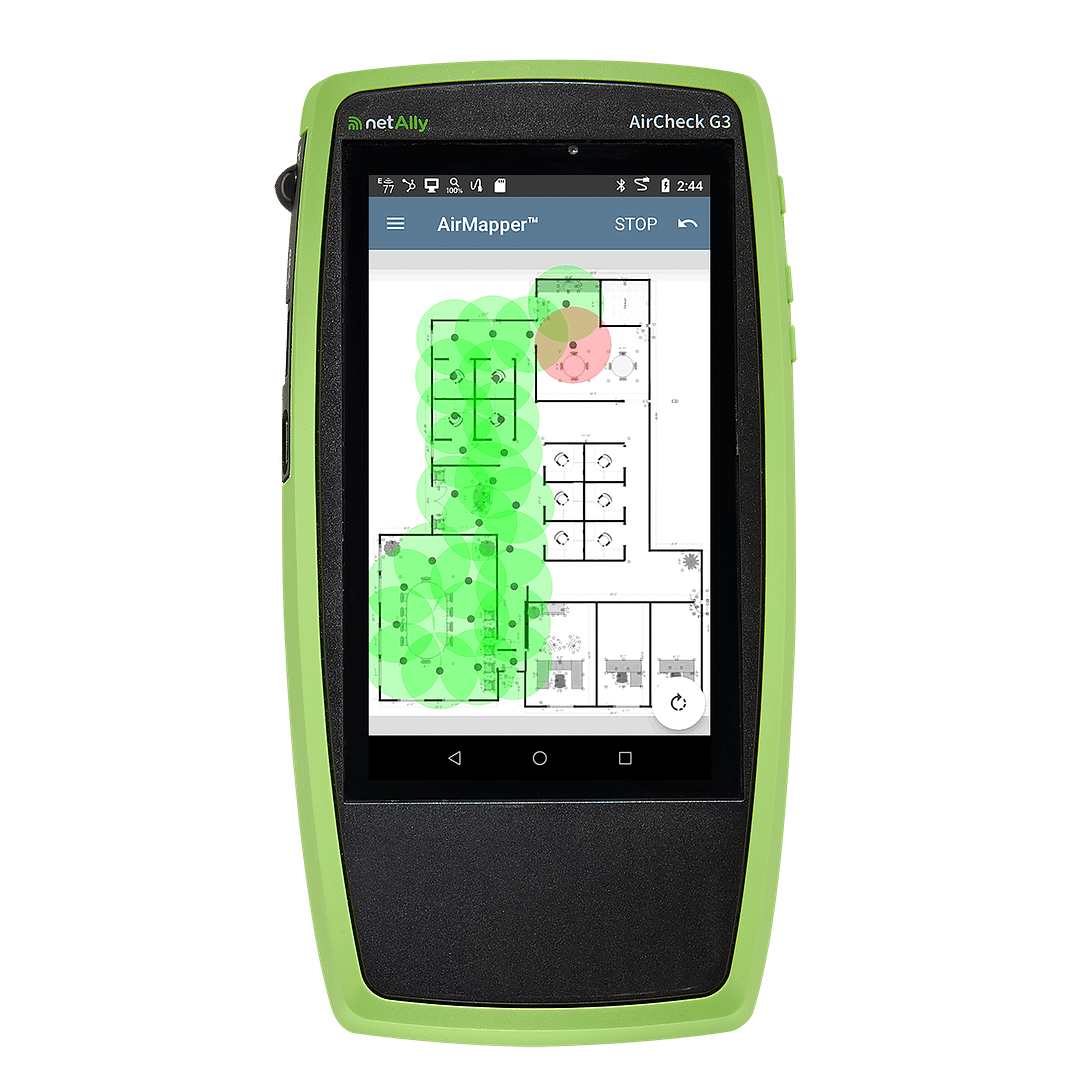
Simplifies WiFi 6/6E and Bluetooth/BLE network testing and troubleshooting.
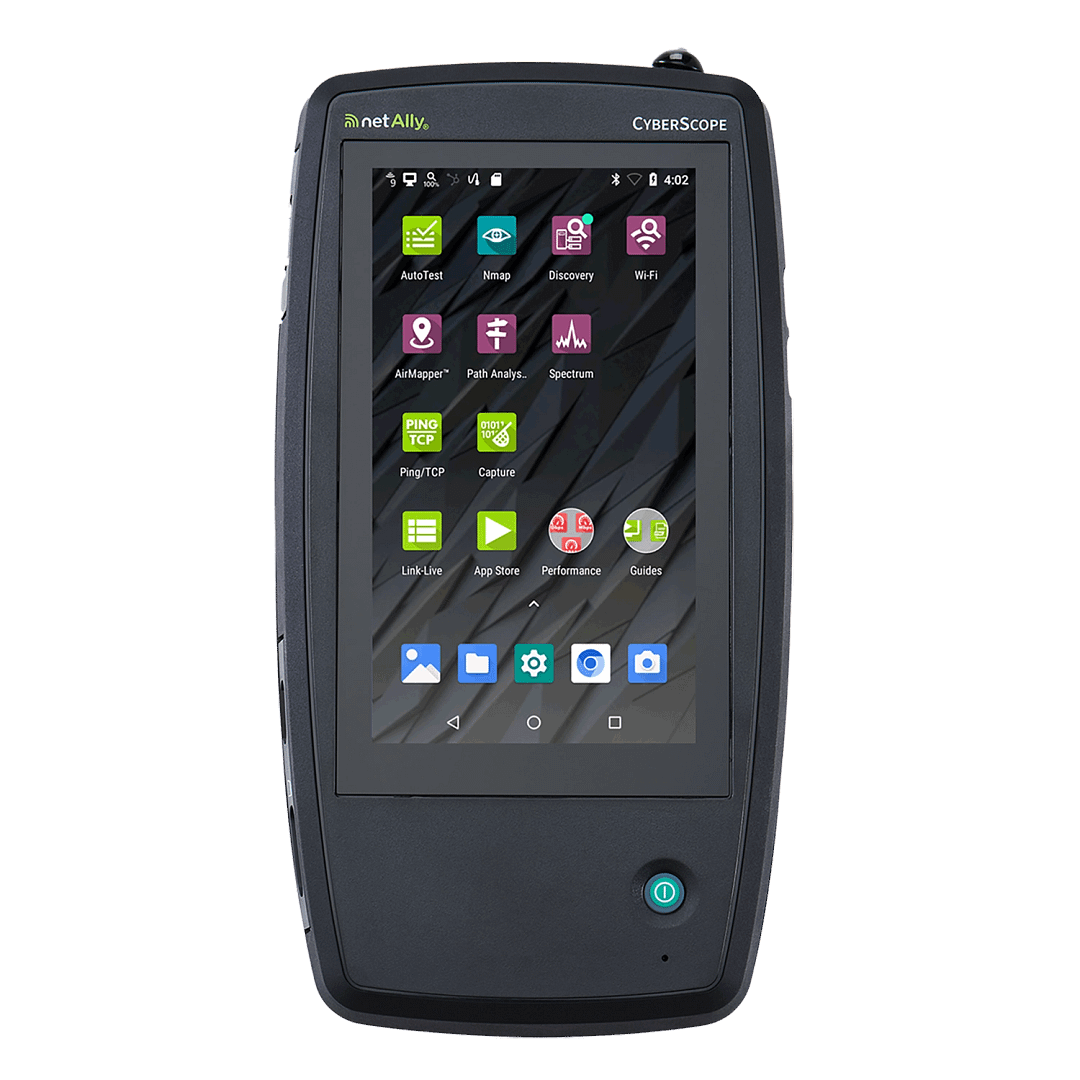
Discover, validate, and assess cybersecurity at the network edge, wired and wireless.
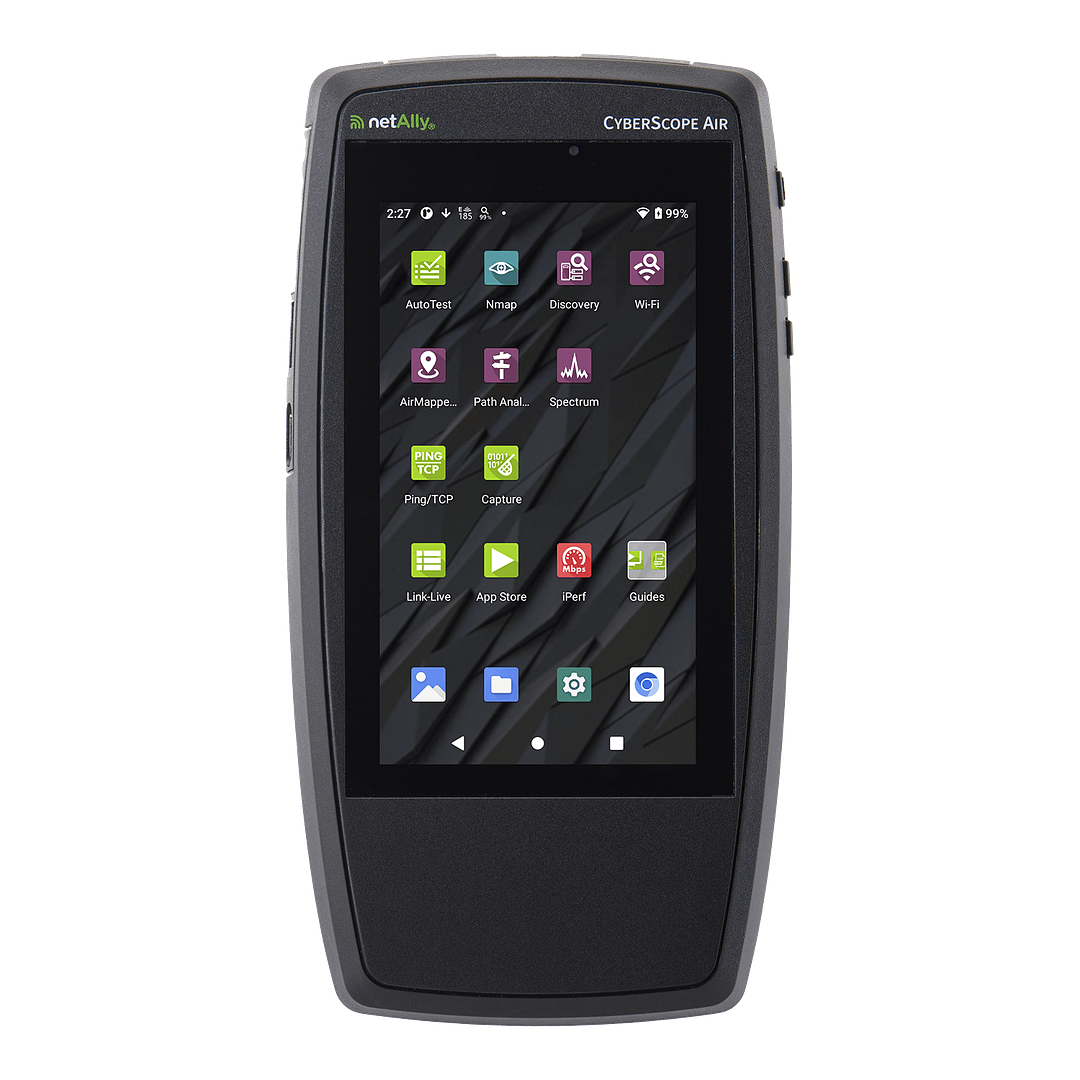
Handheld vulnerability scanner for WLAN cybersecurity AND wireless testing, troubleshooting and surveying.
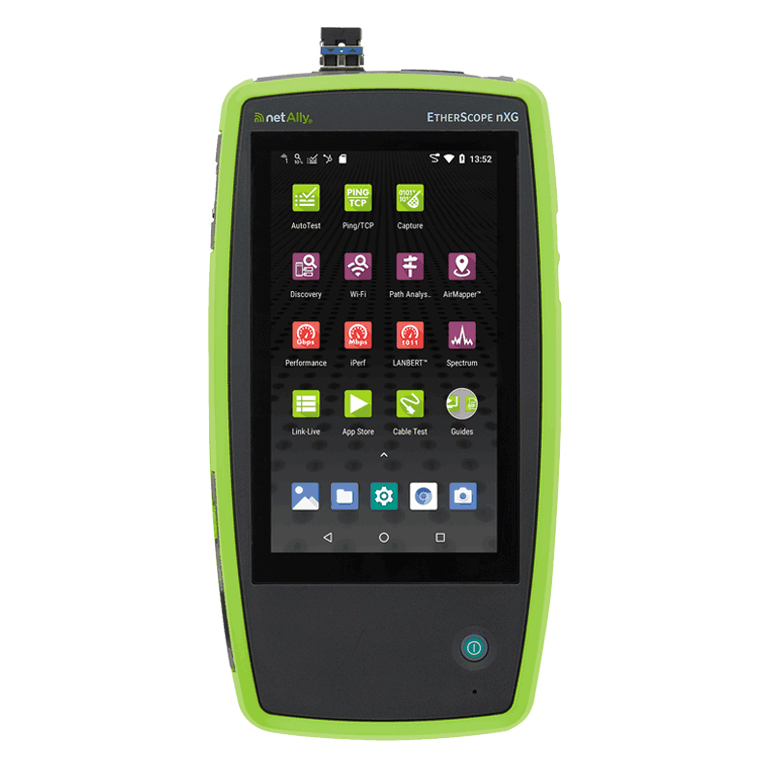
Offers comprehensive diagnostics for 10 Gig Ethernet and WiFi 7 visibility and 6 GHz spectrum analysis

Helps network professionals predictively model changes to WiFi 6/6E networks, or design new networks for optimal coverage and performance.
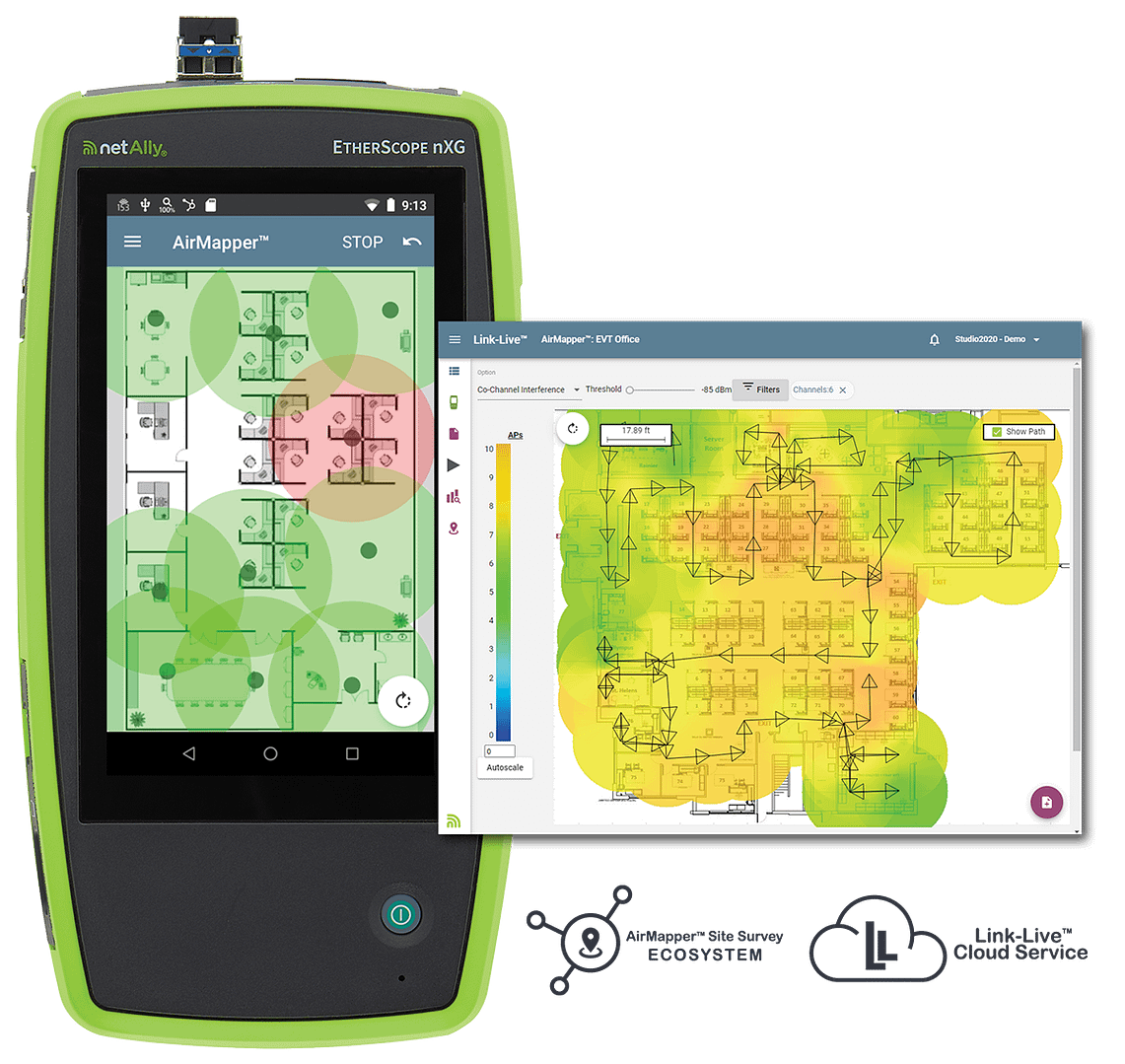
Creates performance heat maps for Wi-Fi 6/6E neworks, enhancing WLAN validation.
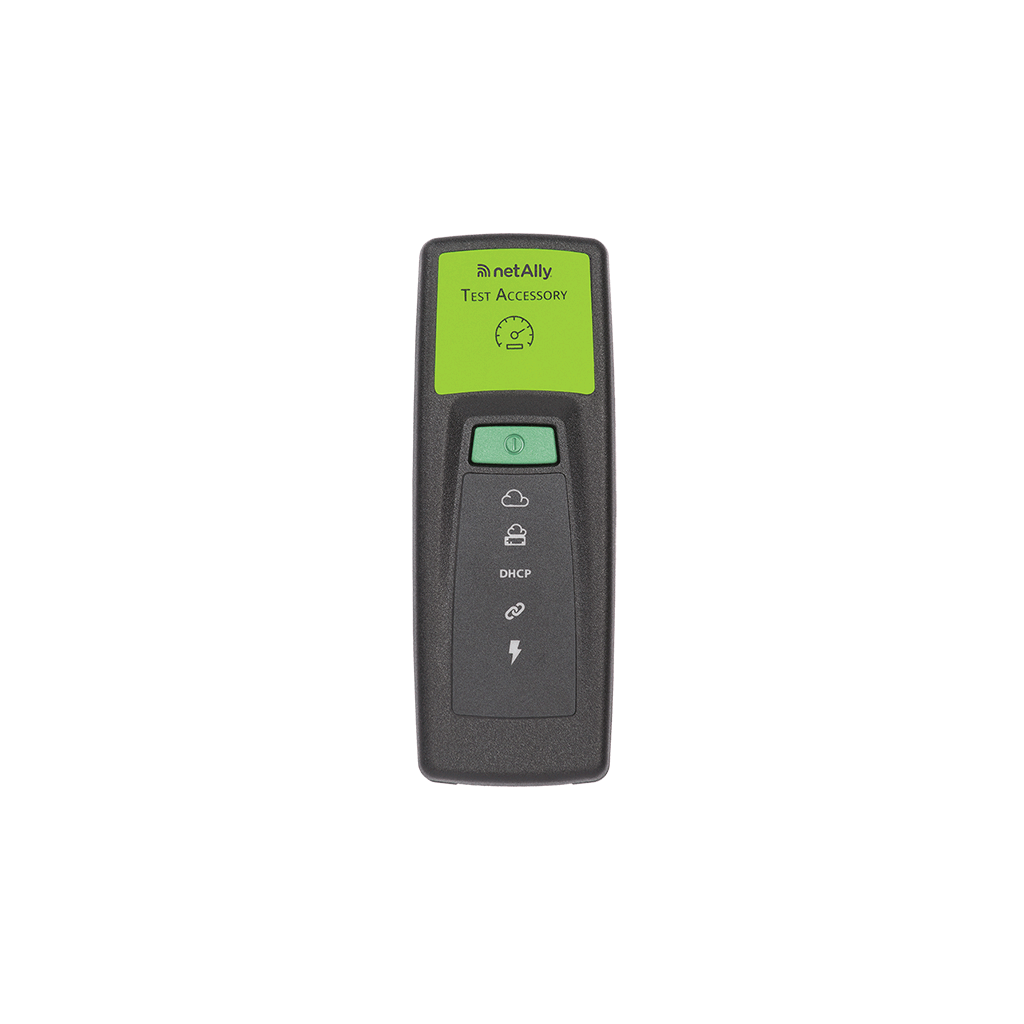
Validates network performance, ensuring efficient throughput and connectivity.
What Do Wireless Network Testers Do?
Wireless network testers are essential tools for network engineers to ensure optimal network performance and security. NetAlly offers a comprehensive suite of solutions featuring:
- Testing Network Performance: Measure and manage the performance of your network with advanced diagnostic capabilities.
- WLAN Lifecycle Management: Covering everything from initial planning* to post-deployment, these tools ensure your WLAN operates with maximum efficiency throughout its entire lifecycle.
- WiFi and BLE Connectivity & Coverage Analysis: Facilitate thorough examination and optimization of WiFi networks as well as Bluetooth/Bluetooth Low Energy (BT/BLE) environments to enhance device connectivity.
*Planning functionality (predictive surveys) require the use of AirMagnet Survey Pro.
FAQ
Why should I choose NetAlly?
With over 30 years of experience and having pioneered the first handheld network analyzer, NetAlly is a trusted provider of innovative network testing tools. Our WiFi testing products simplify complex wireless diagnostics, enable comprehensive network visibility, and facilitate seamless team collaboration. This empowers network engineers and IT professionals to efficiently analyze and troubleshoot wireless networks. We deliver reliable solutions backed by a deep understanding of the challenges in deploying and managing WiFi networks. From AirCheck G3 Pro to EtherScope nXG, NetAlly offers industry-leading tools to optimize and secure your wireless infrastructure.
What is a WiFi analyzer?
A WiFi analyzer is a tool used to analyze and troubleshoot wireless networks. Key capabilities include scanning for WiFi devices, traffic analysis, and performance testing.
WiFi analyzers enable network professionals to:
- Identify the root causes of connectivity and performance issues
- Proactively detect and resolve problems
- Optimize WiFi network reliability, speed and coverage
- Find and fix security vulnerabilities
By providing real-time data and insights, WiFi analyzers help teams efficiently manage and maintain high-performing, secure wireless environments.
How to use a wireless network tester?
To use a wireless network tester, you typically start by scanning the wireless environment. This involves measuring signal strengths, identifying available networks, and assessing channels for high utilization and interference. Then, you perform specific tests for connectivity, throughput, and security. The exact steps can vary depending on the wireless network tester.
What issues can I troubleshoot with wireless testing solutions?
Wireless network test equipment helps diagnose performance issues like slow data rates, poor signal strength, and channel congestion. It also troubleshoots connectivity problems, identifying issues with network authentication, signal coverage, and interference from other devices.
Using a tool like AirMagnet, you can conduct a detailed analysis of your wireless network, predictively model, plan design changes, and simulate the impact on network coverage and performance. This helps identify areas needing improvement or adjustment for optimal coverage and speed.
How to validate and deploy a wireless network?
Validation involves ensuring that your wireless network meets the designed specifications and performance requirements. This includes testing for coverage, throughput, and reliability across different areas and conditions (such as validating client roaming), using a network tester to verify the network operates as intended.
Deployment involves setting up and configuring network infrastructure hardware according to a planned design. This includes installing wireless access points at strategic locations, configuring network and switch ports for optimal performance, segmentation, security, and using the wireless network test equipment to verify proper setup before going live.
